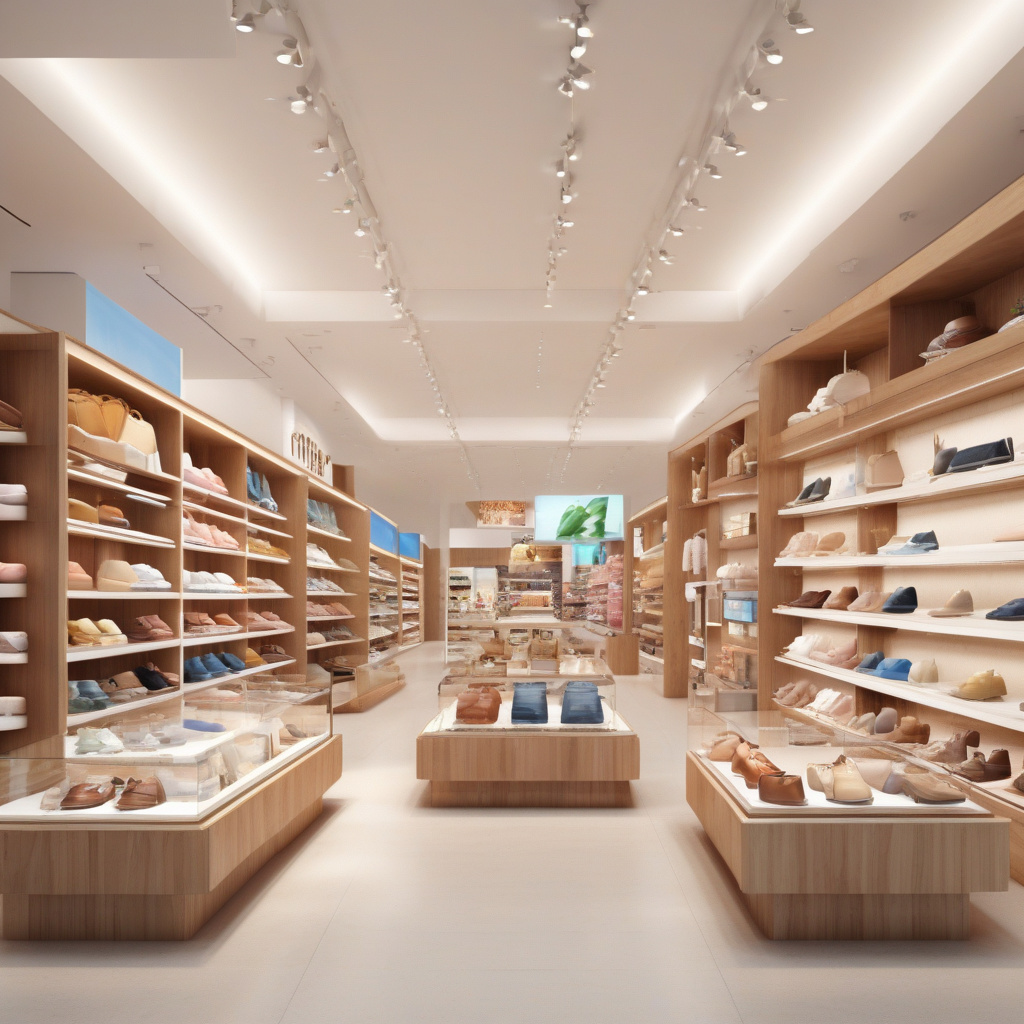How SaaS Personalization Transformed a Legacy Retail Platform
Transforming digital experiences doesn’t always require starting from scratch. In fact, some of the most effective innovations begin at the edges where user interaction is most frequent and impact is most immediate. Retailers, especially those with legacy systems in place, often face the challenge of keeping up with the ever-changing demands of the digital landscape. However, with the rise of Software as a Service (SaaS) solutions, personalizing the customer journey and breathing new life into outdated platforms has become not only achievable but essential for staying competitive in the modern market.
One of the key benefits of SaaS personalization is its ability to enhance the overall customer experience. By leveraging data analytics and machine learning algorithms, retailers can now gather valuable insights into customer behavior, preferences, and purchase history. This data can then be used to create tailored shopping experiences, recommend products based on individual interests, and send personalized promotions and offers. For instance, a legacy retail platform that once offered a generic homepage for all visitors can now dynamically adjust content based on a customer’s browsing history, increasing the likelihood of conversion.
Furthermore, SaaS personalization can help retailers optimize their marketing efforts and drive customer engagement. By segmenting audiences and delivering targeted messages through email campaigns, social media ads, or push notifications, retailers can ensure that their marketing initiatives are relevant and timely. For example, a retailer can send a personalized email to a customer who abandoned their shopping cart, reminding them of the items left behind and offering a discount to incentivize a purchase. This level of personalization not only increases the chances of converting a sale but also fosters customer loyalty and brand advocacy.
Moreover, SaaS personalization can play a crucial role in improving overall website performance and conversion rates. By implementing features such as personalized product recommendations, dynamic pricing based on user data, and customized search functionalities, retailers can create a seamless and intuitive shopping experience for their customers. Studies have shown that personalized recommendations can drive up to 26% of total online revenue, highlighting the significant impact that personalization can have on the bottom line.
A real-world example of SaaS personalization breathing new life into a legacy retail platform is the case of a traditional department store that was struggling to compete with e-commerce giants. By integrating a SaaS personalization solution into their existing website, the department store was able to offer personalized recommendations, promotions, and content to each visitor, leading to a 40% increase in online sales within the first quarter of implementation. Customers responded positively to the tailored shopping experience, with many citing the personalized recommendations as a key factor in their purchase decisions.
In conclusion, SaaS personalization has proven to be a game-changer for retailers looking to revitalize their legacy platforms and adapt to the demands of the digital age. By harnessing the power of data-driven insights, targeted marketing strategies, and personalized user experiences, retailers can not only stay relevant in a competitive market but also drive growth, increase customer loyalty, and ultimately boost their bottom line.
personalization, SaaS, retail, digital marketing, customer experience
